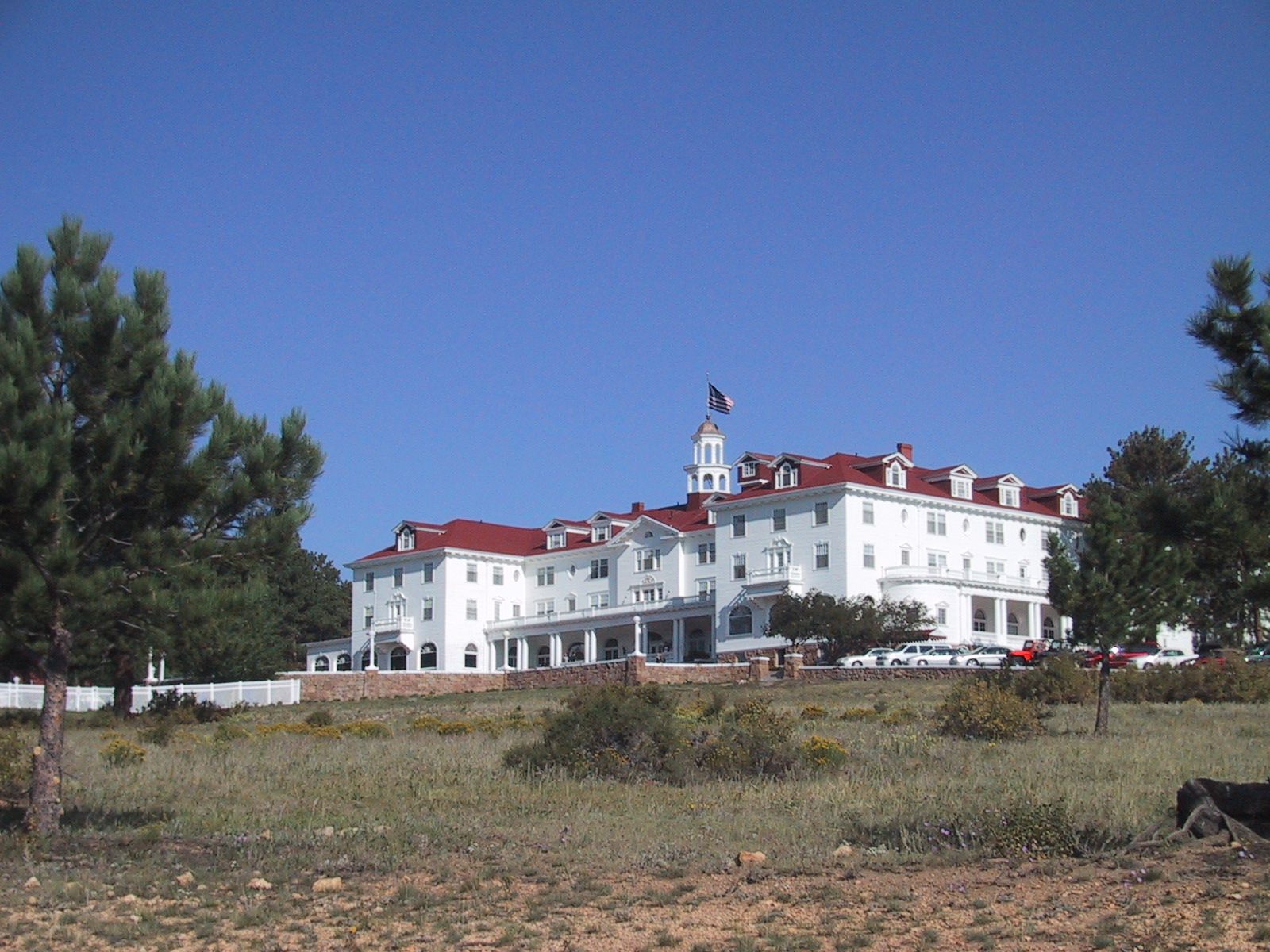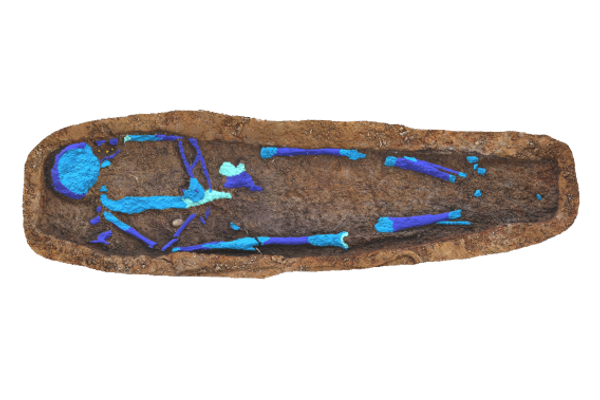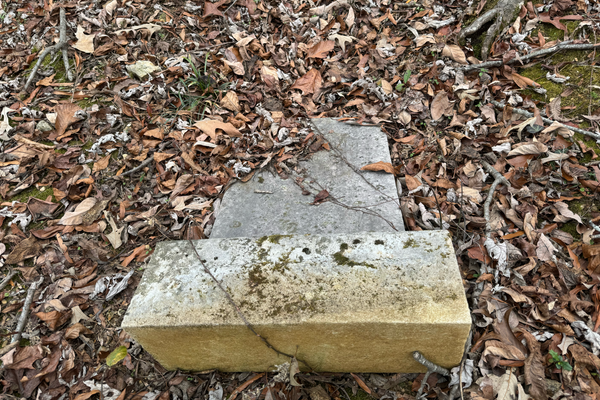Why Every Horror Film of the 1980s Was Built On ‘Indian Burial Grounds’

A scene from film version of Pet Sematary, where the cemetery in question was, of course, built on Indian burial ground. (Photo: Still from DVDizzy)
In 2006, Family Guy aired an episode entitled “Petergeist” where family patriarch Peter Griffin discovered an Indian burial ground in his backyard, triggering hauntings and various paranormal goings-on. It is, of course, an extended parody of the 1982 film Poltergeist, where a family led by the actor Craig T. Nelson battles ghosts in a new house.
Except, there is no Indian burial ground in Poltergeist. This is a common mistake—everyone from Turner Classic Movies to an archeologist quoted on an actual Indian burial ground has mistakenly attributed the idea to the famous movie. The film does feature a cemetery, but specifically notes that “it’s not ancient tribal burial ground.”

The concept of the Indian Burial Ground is so strong that it finds its way into places it doesn’t even belong.
These days, the Indian Burial Ground trope is something that’s become so overused, so expected, so old, that its only use, really, is as a comedic device. (The Onion tried it way back in a 2011 video titled “Report: Economy Failing Because U.S. Built On Ancient Indian Burial Grounds.”) The basic idea is that much disruptive ghost behavior can be traced back to current Americans (and Canadians) disrespecting a place where American Indians are buried by, say, building a house or a hotel on the spot.
But the trope has also, in recent years, become an interesting plaything for academics and critics, especially those identifying as American Indian (or First Nations, the Canadian equivalent), because there are so many weird things going on with it: fear, of course, but also guilt, ignorance, racism, and commercialism. So where did it come from?

The film poster for Stephen King’s Pet Sematary, about a cat buried on, you guessed it, an Indian Burial Ground. (Photo: Courtesy Paramount Pictures)
First of all, it’s important to note that the Indian Burial Ground, which is sometimes abbreviated to IBG, is a trope, and not a real thing. Pre-Columbian peoples identified as hundreds of totally different communities, families, or nations, without very many similarities between them. That extended to the burying and treatment of the dead; in some arctic communities, the dead were simply left on the ice to be eaten by predators (what else are you going to do up there?), whereas other groups practiced more familiar burial forms ranging from mass graves to careful and solemn burials to burials performed quickly and with great fear of the corpse. The IBG concept is wrong right from the get-go; depending on how you look at it, there’s either no such thing or an unending variety of them.
In the same way, the idea that hauntings can arise from mistreatment of the dead is varied. Sure, some tribes may have believed some version of that. But so do other communities all over the world, from Thailand to Ashkenazic Judaism to various European communities. (Wikipedia hosts many excellent lists of haunted places; the UK’s is particularly deep.) There’s nothing especially “Indian,” whatever that might mean, in the stories that originated the IBG trope.

The Amityville house in Amityville, New York. (Photo: John/flickr)
Of course, no one is saying horror movie tropes have anything to do with real life. But this one’s development seems especially mysterious. Horror fans generally trace concept to the 1977 book, The Amityville Horror, later turned into a 1979 movie (and 12 other movies, including a 2005 remake). The Amityville Horror purports to be the true story of the Lutz family’s experience after moving into a Long Island house in which, a few years earlier, Ronald DeFeo, Jr. shot and killed six family members. An explanation for the various horrible supernatural things that supposedly happened to the Lutzes (ranging from weird sounds to levitation, visions, and physical transformation) was provided in the book: their house was constructed on an Indian Burial Ground.

The Stanley Hotel, Colorado, the inspiration for Overlook Hotel, in Stephen King’s The Shining. (Photo: Tom Lianza/WikiCommons CC BY 2.0)
Well, sort of. What the Lutzes actually claimed was that their house was built on some sort of sanitarium used by the Shinnecock Indians in which the sick and dying were imprisoned to die horrible deaths. This is…wrong, for a bunch of reasons; the Shinnecock people probably lived on the other end of Long Island, and were unrelated to the Lenape people who controlled the eastern half, where Amityville lies. That’s sort of hard to prove given the amorphous territories of the 13 tribes (that we know about) on Long Island, but it seems unlikely that the Shinnecock were actually in Amityville. Also, the Montaukett Nation, closely related to the Shinnecock, have repeatedly denied that anything like this sanitarium ever existed, and according to what’s known of Shinnecock myths and legends, they do not seem to have had any notable burial-ghost myths.

The cover for the original The Amityville Horror book, first published in 1977. (Photo: Courtesy Prentice Hall)
Regardless, in the late 1970s, the Indian Burial Ground became a movie meme. After the 1979 Amityville Horror movie came The Shining (1980), whose the hotel was built on an IBG); Poltergeist (1982), which is usually and incorrectly associated with the IBG trope; the book version of Pet Sematary (1983), a Stephen King novel in which a cat buried in an IBG comes back to life, but not in a nice happy way; and then the movie version of Pet Sematary (1989).
By the 1990s, people seemed to be pretty fed up with Indian Burial Grounds. Horror movies rely on novel thrills, and you’re only likely to be scared by the same trope a few times. After that it becomes stale, ordinary, expected—and not scary. Shortly after that, it becomes funny.
The Simpsons did it very early on, in 1989:
South Park has done it a few times. Buffy the Vampire Slayer did it once (Xander, perpetually bumbling, manages to contract every single popular venereal disease as a result of disturbing the IBG.) Parks And Recreation has a recurring American Indian character who helpfully dispels the spirits of an IBG in the location of a festival, despite thinking IBG curses are nonsense, to do the show’s protagonist Leslie Knope a favor. TV Tropes calls this a “Dead Horse Trope,” saying “If it gets used, it’s often at least slightly tongue-in-cheek, humorous, lampshaded or subverted. In any plot with something weird happening, a Genre Savvy character may make the Obligatory Joke that it’s due to an ancient Indian burial ground, even if they’re in Europe or Asia.”
But why did the IBG trope strike such a chord, if only for a limited time? In 2000, Terri Jean, an American Indian writer, penned a short essay on probable causes. There are several.
For one, the IBG might be no different than any other horror movie trope, be it scary children, a ghost in the mirror, or the Terror At Makeout Point. The Amityville Horror stumbled on a new one, other movies and books followed, simple enough. And cemeteries are scary anyway, right? Plus, there’s the idea that Indian Burial Grounds could be anywhere, that Indians themselves are incomprehensible and probably magic.
But my favorite explanation goes in a different direction. Writes Jean:
Theory Five: Karma and guilt. Americans know that atrocities were committed and hundreds of nations were obliterated or nearly obliterated. Retribution is feared, and some people may believe that the ghosts of those who died due to this nation’s invasion and European takeover will some day come back to get their revenge.
Remember that this is not long after the famous “Crying Indian” anti-littering ad, which was a harbinger of the change in the way post-Columbian American immigrants saw American Indians. The trend slowly started to move from a conception of the Savage Indian to something more like a survivor. It’s no coincidence that just as IBG emerged in the 1970s, so did many activist organizations: The American Indian advocacy group, began in 1968. The Trail of Broken Treaties, a massive coast-to-coast protest, took place in 1972.
The idea that one could disrespect American Indians, that theirs was a history on which we had trampled, was, embarrassingly but truthfully, sort of new to much of the American public in the 1970s. And what could be scarier than having your worst mistakes come back to haunt you?












Follow us on Twitter to get the latest on the world's hidden wonders.
Like us on Facebook to get the latest on the world's hidden wonders.
Follow us on Twitter Like us on Facebook